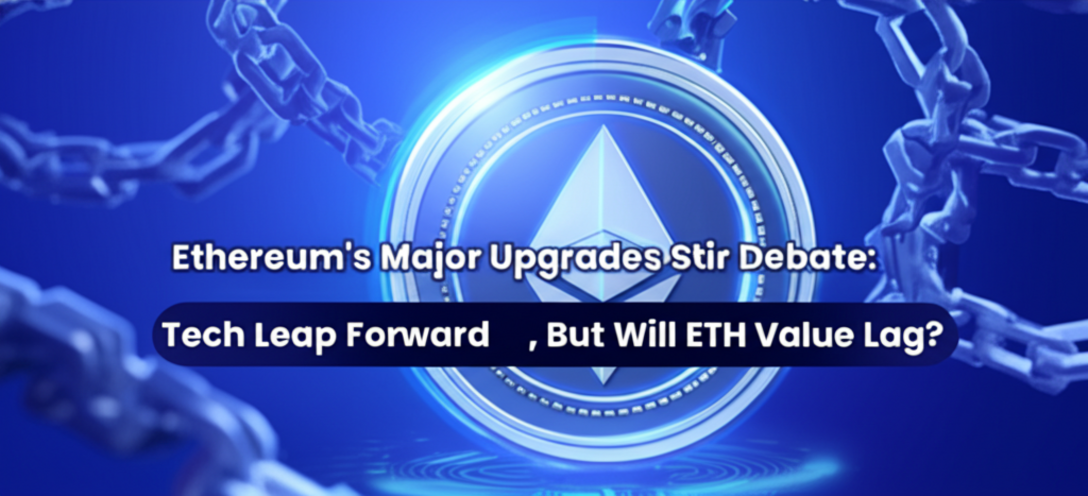Ethereum’s Major Upgrades Stir Debate: Tech Leap Forward, But Will ETH Value Lag?

Ethereum is advancing its technology with two significant upgrades, Pectra and Fusaka, planned for this year. However, looming questions remain about whether these enhancements will translate into increased confidence and value for ETH holders.
Despite improvements aimed at bolstering the Ethereum ecosystem, concerns highlighted in recent blockchain analysis suggest these upgrades might not address fundamental tokenomic worries. The network faces persistent challenges even as it evolves.
The upcoming Pectra and Fusaka updates promise enhanced data availability, better support for layer-2 scaling solutions, and more user-friendly crypto wallets. Yet, the core issue for many investors is value accrual, particularly as some changes seem to prioritize layer-2 network growth over Ethereum’s direct revenue streams.
Scheduled for implementation soon, the Pectra upgrade will introduce increased data blob capacity. This allows layer-2 networks to post data more cheaply, reducing their transaction fees but potentially lowering Ethereum’s fee income per transaction.
Pectra also includes a significant increase in the validator staking cap, rising from 32 ETH to 2,048 ETH, alongside wallet improvements. While technically beneficial for network participants involved in crypto staking, these changes don’t inherently boost value for passive ETH holders.
Later in the year, the Fusaka upgrade aims to refine dark sharding and improve the developer experience. The introduction of the Ethereum Object Format is anticipated to simplify smart contract development, possibly reducing bugs and security vulnerabilities.
These upgrades clearly position Ethereum as foundational plumbing for the decentralized web (Web3). By empowering layer-2 solutions, Ethereum seeks to cement its role within a larger ecosystem. Still, this strategic direction offers limited immediate reassurance to ETH holders focused on token value and returns.
Historically, Ethereum has seen significant price volatility. Factors such as the migration of transaction volume to layer-2 networks have led to reduced fee generation on the mainnet. This dynamic contributes to concerns about ETH potentially becoming more inflationary, adding another layer of investor uncertainty.
